Artificial Intelligence – AI is a familiar term in the digital age. When it comes to AI, we can immediately imagine a world full of advanced, modern, and progressive aspects. The appearance of AI has solved countless needs of humans in various fields and sectors of society. No country in the world can sustainably develop without the support of AI. To gain more knowledge about Artificial Intelligence – AI and its applications in life, let’s read the article below with GMO-Z.com RUNSYSTEM.
Artificial Intelligence (AI) is a highly concerning topic in the current technological age. AI is defined as the ability of computers, robots, or other machines to learn and perform complex tasks that were previously only done by humans. AI began to appear in 1950 with studies on machine intelligence theory and machine learning. Since then, AI has made significant progress in developing advanced machine learning algorithms.

AI began to appear in 1950 with studies on machine intelligence theory and machine learning
AI helps us solve many problems in life, from healthcare, education, business, production to entertainment. AI is applied in many different fields, such as robot learning, natural language processing, face recognition, self-driving cars, military simulation, medical diagnosis, teaching, data analysis, content creation, weather forecasting, and much more. Thanks to the advancement of AI, we can utilize technology to solve more difficult problems and achieve remarkable accomplishments.
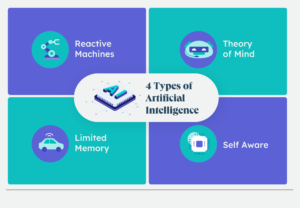
Classification of Artificial Intelligence AI today (Source: Internet)
Reactive AI is a type of AI programmed to react to specific situations in a certain environment. This technology can help us address specific issues and achieve results quickly. It is widely used in automation systems, robots, operating systems, and e-commerce applications.
AI technology with limited memory is a type of AI programmed to store and process information within a short period of time. This AI technology can help reduce processing time and enhance work efficiency. It is applied in systems for voice recognition, natural language processing, and interactive voice applications.
This type of AI is programmed to learn and adjust models to solve complex problems. It can help us solve complex problems and enhance creativity. Artificial Intelligence theory is used in machine learning systems, information extraction, and similar applications.
This type of AI is programmed to assess and develop itself. Self-awareness technology can help develop independent AI systems and enhance learning abilities. It is widely used in self-diagnostic systems, automatic operation, similar applications.
GMO – Z.com RUNSYSTEM – Top AI development companies in Vietnam
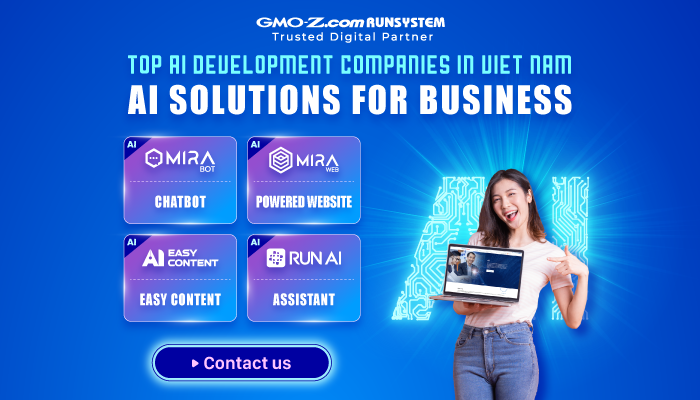
AI is an advanced and promising technology that brings many benefits to society and humanity.
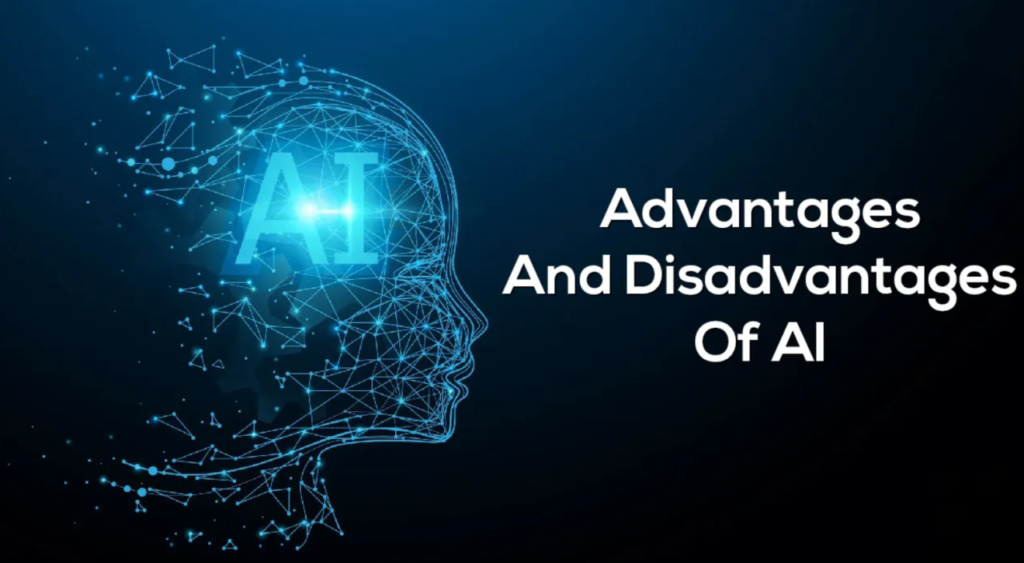
AI has brought many benefits to society and humans, but it also has many shortcomings and limitations.
However, AI is not yet the most perfect tool. It still has many shortcomings, limitations, and challenges for developers in the future.
Speech recognition technology is capable of recognizing and converting human speech into text or vice versa. This technology is widely used in many applications such as virtual assistants, voice-controlled systems; automatic call systems, user voice recognition systems for identity verification, and speech translation systems to help users communicate with each other in different languages. Some examples of AI tools for speech recognition are: Google Assistant, ChatGPT, etc.
Speech recognition technology is capable of recognizing and converting human speech into text or vice versa (Source: Internet)
Virtual agent (VA) is an AI technology programmed to interact with humans through digital platforms, including websites, mobile applications, chat systems, and smart devices. VA can interact with humans in natural language as well as in many different languages, answering questions and performing various tasks. VA is used in fields such as e-commerce, customer care, education, healthcare… Some examples of AI tools for virtual agents are Siri, Alexa, Cortana, etc.
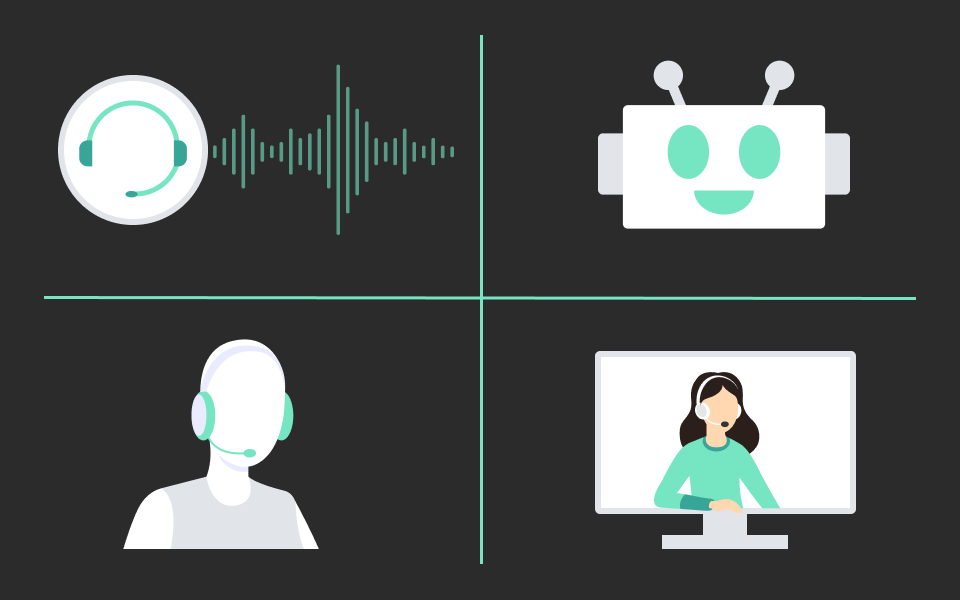
A Virtual assistant is programmed to interact with the human through digital platforms
Natural Language Generation (NLG) is an AI programmed to automatically and naturally generate texts similar to human language. NLG can easily and quickly create reports, descriptions, news, and other documents professionally and attractively, thereby enhancing work efficiency. Natural language generation is used in different fields, such as research and content creation (like blogs and advertisements).
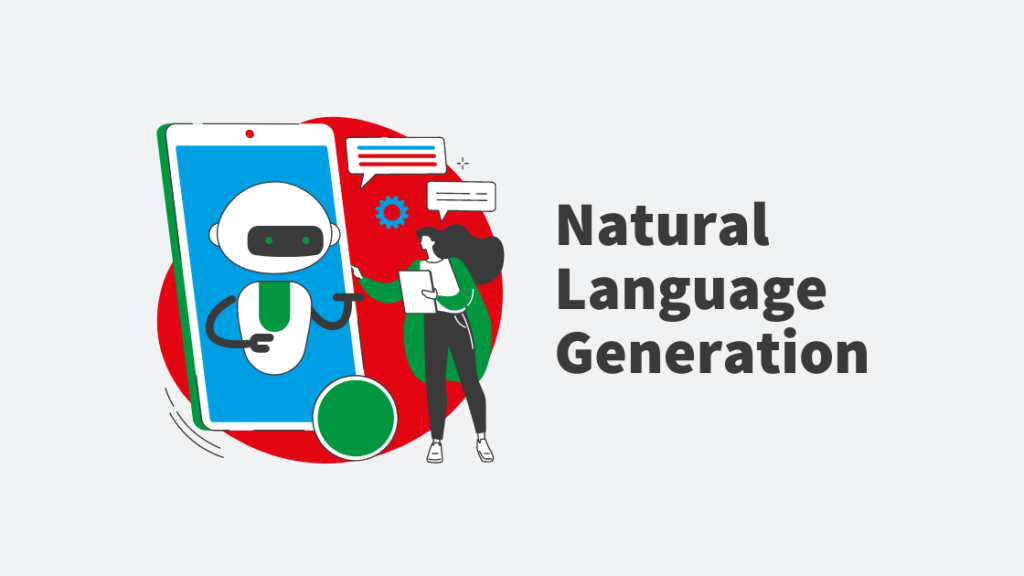
The natural language generation system has the ability to automatically generate reports and descriptions
Biometrics allows for human identification and authentication based on biometric features such as face, fingerprint, iris, voice… Biometrics is used in various fields such as security, payment, access control… Using biometrics enhances security and minimizes security risks. Biometrics is also used in healthcare to determine identity and improve patient management. Some examples of AI tools for biometrics are FaceID, TouchID, Iris Scanner,…
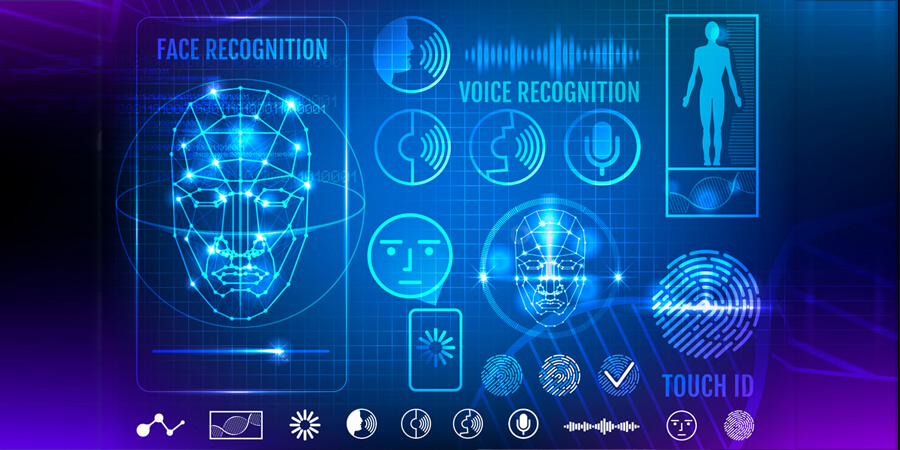
Biometrics operates based on biometric features such as face, fingerprint, iris, voice
Machine learning is an artificial intelligence technology that plays an important role in the development of AI applications. Machine learning uses algorithms, models to automatically analyze and learn from data, improving the performance of AI systems. This technology can learn and improve its performance from data without the need for specific programming. The application of machine learning includes data analysis, fraud detection, image recognition,.
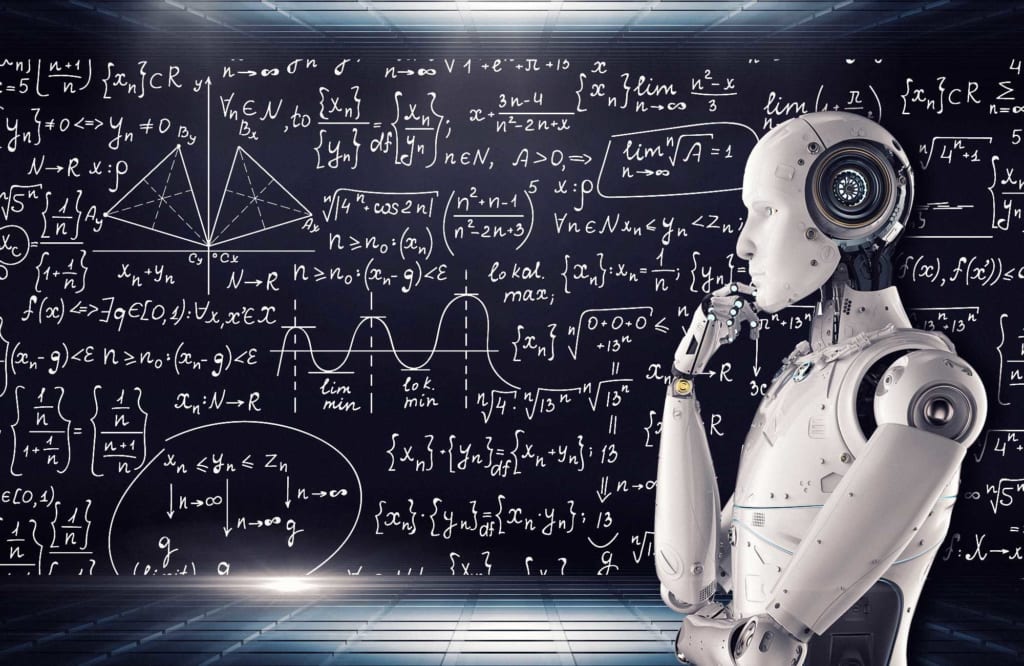
Machine learning is used in various fields such as data analysis, fraud detection
Decision management is a method that uses technology to automate and optimize the decision-making process. It can help businesses/organizations improve the effectiveness and accuracy of decisions, while reducing errors. This AI technology provides the best decisions for different situations based on predefined rules and criteria. Decision management is used in various fields such as finance, insurance, healthcare, and manufacturing.
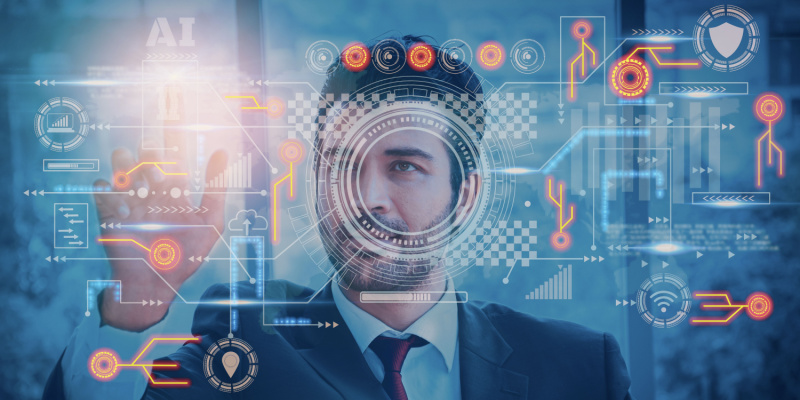
Decision management is used in various fields such as finance, insurance, healthcare, and manufacturing.
Robotic Process Automation (RPA) is a method that uses computer robots to automate repetitive processes and tasks (such as reading and writing data, processing documents, etc.) without requiring human intervention. RPA is used in various fields such as accounting, administration, and customer service. Using this technology helps save time and energy, while minimizing errors and enhancing work efficiency. Examples of RPA AI tools include UiPath, Automation Anywhere, etc.
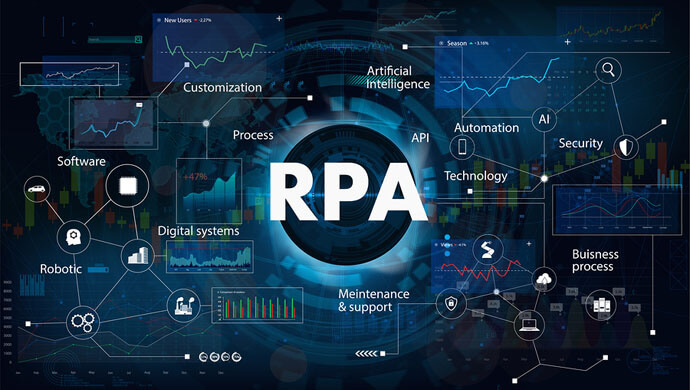
Robotic Process Automation is a method that uses computer robots to automate repetitive processes and tasks.
4.8. Deep learning platforms
Deep learning platforms are software tools used to develop and deploy deep learning models. This technology evolves from deep learning models, a type of complex and powerful machine learning model. Deep learning models can handle unstructured or semi-structured data such as audio, video, images, etc. Deep learning platforms provide tools and libraries for analyzing and learning from data, helping to improve the performance of AI systems. The applications of this technology include computer vision, natural language processing, audio synthesis, etc. Some examples of AI tools for deep learning platforms are Keras, Google Cloud Machine Learning Engine, IBM SPSS Modeler, etc.
4.9. Peer-to-peer network
Peer-to-peer network (P2P network) is a computer network model in which devices connect directly to each other without going through a central server. P2P network allows devices to share resources and data quickly and efficiently. Peer-to-peer networks are used in various areas such as file sharing, voice and video communication, cryptocurrency, etc. Some examples of AI tools for peer-to-peer networks are BitTorrent,
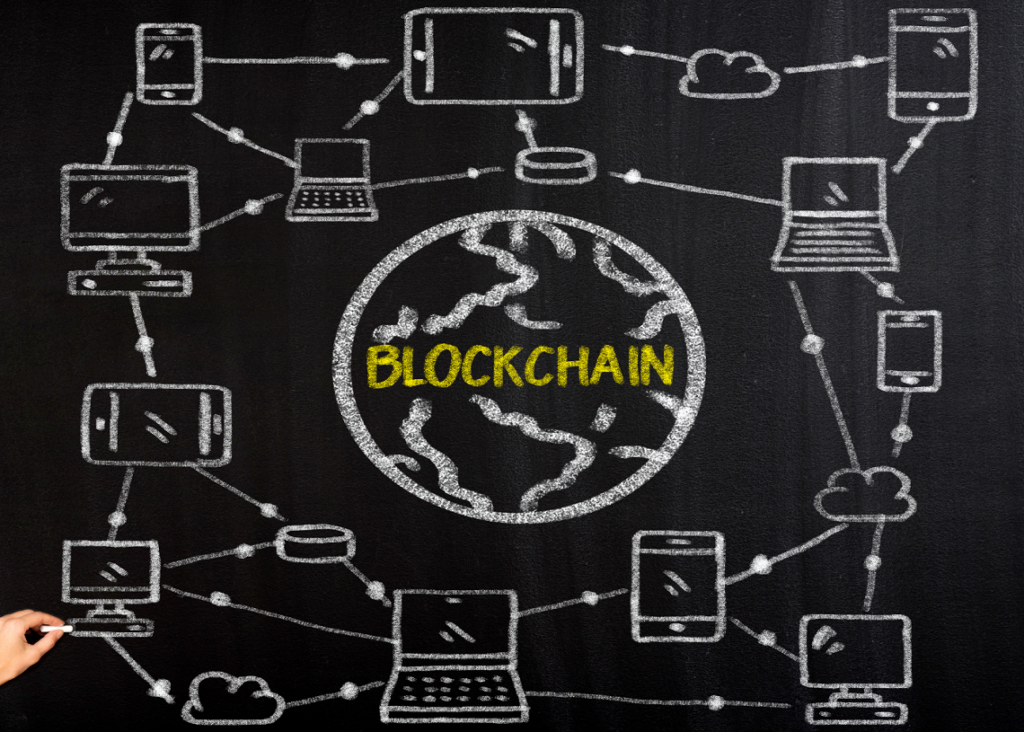
Skype, Bitcoin
AI-optimized hardware is hardware devices specially designed to efficiently and rapidly run AI algorithms and models. AI-optimized hardware may include synchronous chips, graphical processing units (GPUs), and storage devices optimized for AI. This technology is used to enhance the computing power of mobile devices, personal computers, or servers. Some examples of AI hardware optimization tools include NVIDIA GPU, Google TPU, Intel Nervana,…

AI-optimized hardware may include synchronous chips, graphical processing units – GPU
Artificial Intelligence (AI) can automate intelligent behaviors like humans. AI is widely applied in many areas of life, bringing many benefits to humans. Below are some typical applications of AI in various fields.
AI is applied to improve and care for human health. AI can be used to analyze patient data, diagnose and treat diseases. Through the use of healthcare data analysis techniques and machine learning to propose treatment as well as improve the healthcare process. AI can also help develop smart medical devices that monitor and adjust users’ health indicators. At the same time, researching and developing new drugs/vaccines.
AI can be used to analyze patient data, diagnose and treat diseases
Artificial Intelligence is applied to improve the safety and efficiency of transportation. AI is used to optimize transportation routes, minimize delivery times, and make proposals for strategies. Control and monitor autonomous vehicles, such as self-driving cars or unmanned aircraft. AI also has the ability to analyze and forecast traffic conditions, provide optimized transportation routes and plans.
AI is used to improve the quality and efficiency of various services. For example, in customer service, finance, tourism services, etc. Chatbots and virtual assistants are set up to advise customers, answer questions, and offer suitable products and services. AI can analyze and predict market trends, customer shopping behavior, helping businesses optimize their business and marketing strategies. Furthermore, AI can be used to analyze customer data and propose new products and services.
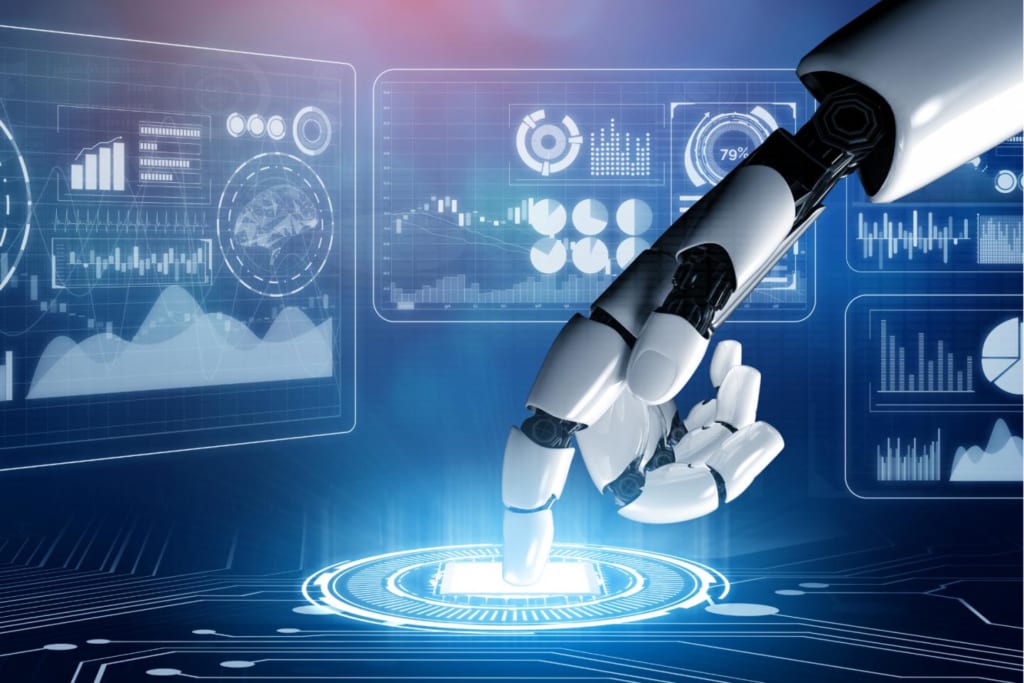
Artificial Intelligence (AI) is used to improve the quality and efficiency of various services
Artificial Intelligence (AI) is used to improve the quality and efficiency of various services
AI can create content, analyze customer interactions, and provide proposals for communication strategies. Using AI to edit and develop articles automatically, based on various information sources to create fresh and engaging communication content in the form of news, videos, audio, images, etc. AI is capable of creating vivid and realistic videos or images using professional and unique processing techniques, creating new music using machine learning algorithms and sound analysis.
AI is used to optimize the production process, improve product quality, and reduce production time. AI helps control and monitor machinery in the production process, detect and promptly rectify any issues. AI can also design and assemble products accurately and quickly. AI assists in the quality inspection and evaluation of products using image and voice recognition techniques.
Artificial Intelligence is used to improve the quality and efficiency of education and learning. By using algorithms to provide suitable learning suggestions for individuals, provide instant feedback, and analyze learning data. Building educational systems, analyzing the capabilities and needs of each student to design lessons, lectures, or exercises. AI can automate educational activities such as grading or assigning tasks. It can also create new, interesting games or software to increase learning motivation.

AI uses algorithms to provide personalized learning recommendations for each learner.
Hopefully, through this article, you have a better understanding of AI, a technology with great potential for the future. AI is a powerful and useful tool in the current digital transformation era. However, to use AI correctly and effectively, we need understanding, timely and responsible utilization of this technology.



